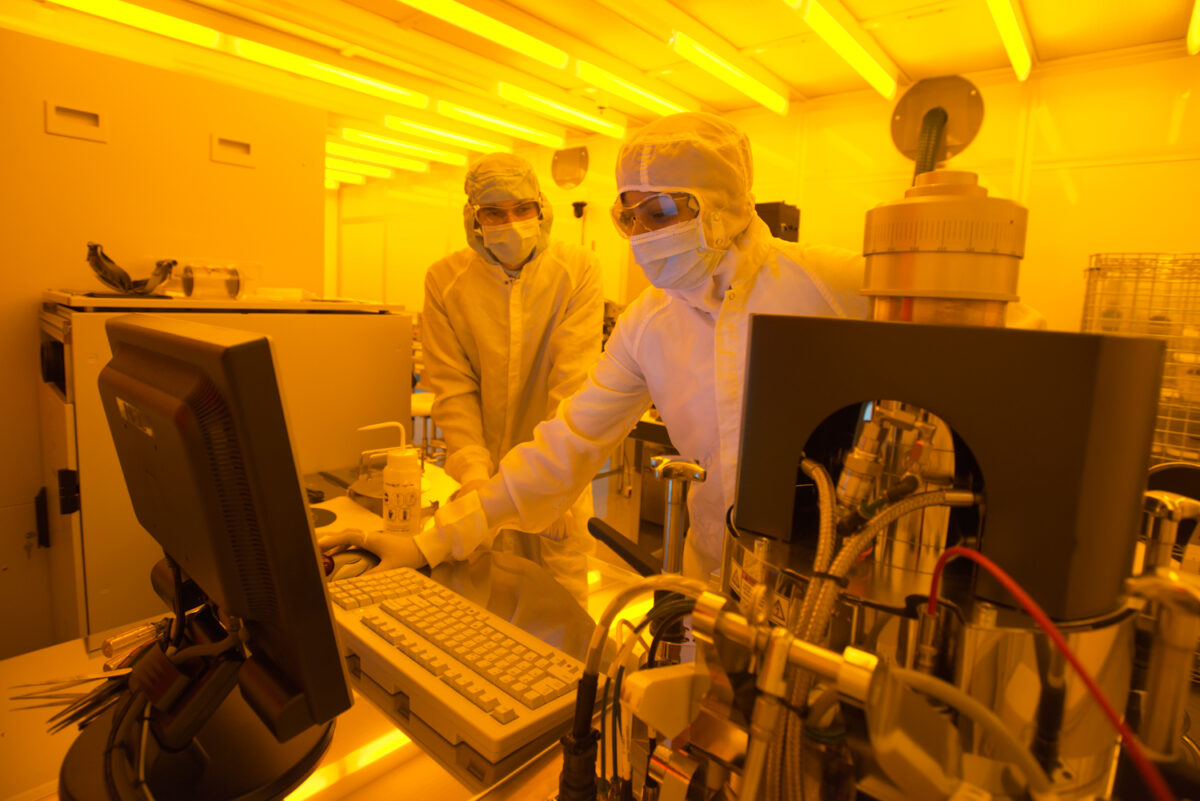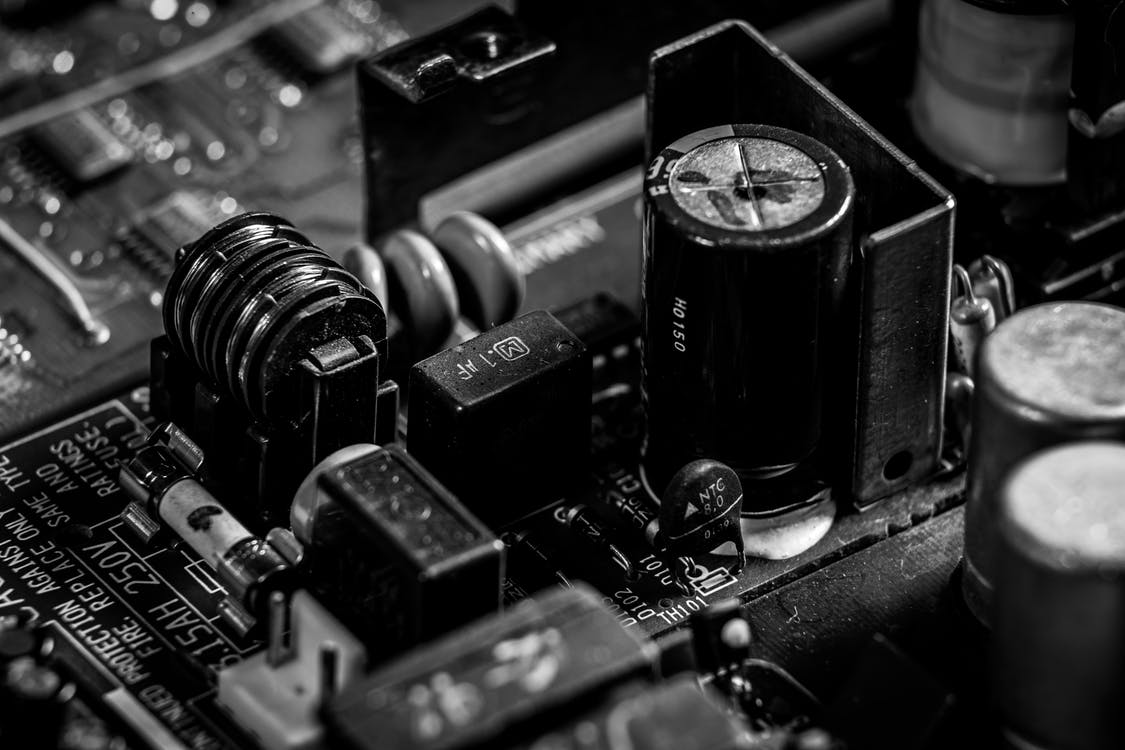Semiconductor clean rooms
The process of making a semiconductor is a long one, and one of the essential components of the process is the cleanrooms.
What is a cleanroom?
The semiconductor manufacturing process is a very delicate, painstaking process. Cleanrooms have really tight control over many elements,
including temperature, humidity and airflow. These things can all impact the manufacturing process.
Even a single stray particle of dust or a degree below or above the desired temperature could completely alter the semiconductor.
Heat and humidity
Heat can affect the resistance and conductivity of a semiconductor. As a semiconductor’s temperature increases, the conductivity also increases and resistance drops.
Humidity, too, can have a huge impact on the end product. According to Air Innovations, the humidity in a cleanroom should fall between 30% and 50%. These conditions are ideal for stopping bacterial growth and is comfortable for the staff working inside.
Strict regulations
There is a maximum particle count and particle size in place in cleanrooms. This is usually stipulated in ISO requirements, that cleanrooms have to comply with. Depending on the process going on in the cleanroom, the regulations could be more or less stringent.
One of the biggest risk factors to a cleanroom is the people working within it. The staff are required to wear specialist clothing to
prevent cross-contamination, and require a high level of training. It’s also important, this time for the staff’s safety, to design cleanrooms to allow
people to work safely within.
In the event of
The cleanroom filters the air and has mechanisms in place in deal with contamination events.
Due to the demand for semiconductors cleanrooms are often running 24-hours a day. This means they are under a lot of strain and need to
be prepared for any eventuality.
If equipment fails in a cleanroom, all of the components inside are at risk of irreparable damage. These disasters, known as contamination events, can include power glitches, fan failure and pressure malfunctions. Any of these events could be catastrophic if not handled
properly.
Thankfully a cleanroom is unlikely to face a contamination event if it has a well-designs regulation system. If the conditions are tightly
controlled, manufacturers are much less at risk of contamination events.
Squeaky clean
Although we aren’t involved in the manufacturing process, we make sure the electronic components we source for our customers are the best
quality, and we have a guarantee in place to protect you. To hear more about what Lantek can do for you, email us today at sales@lantekcorp.com, or call us on 1-973-579-8100.


